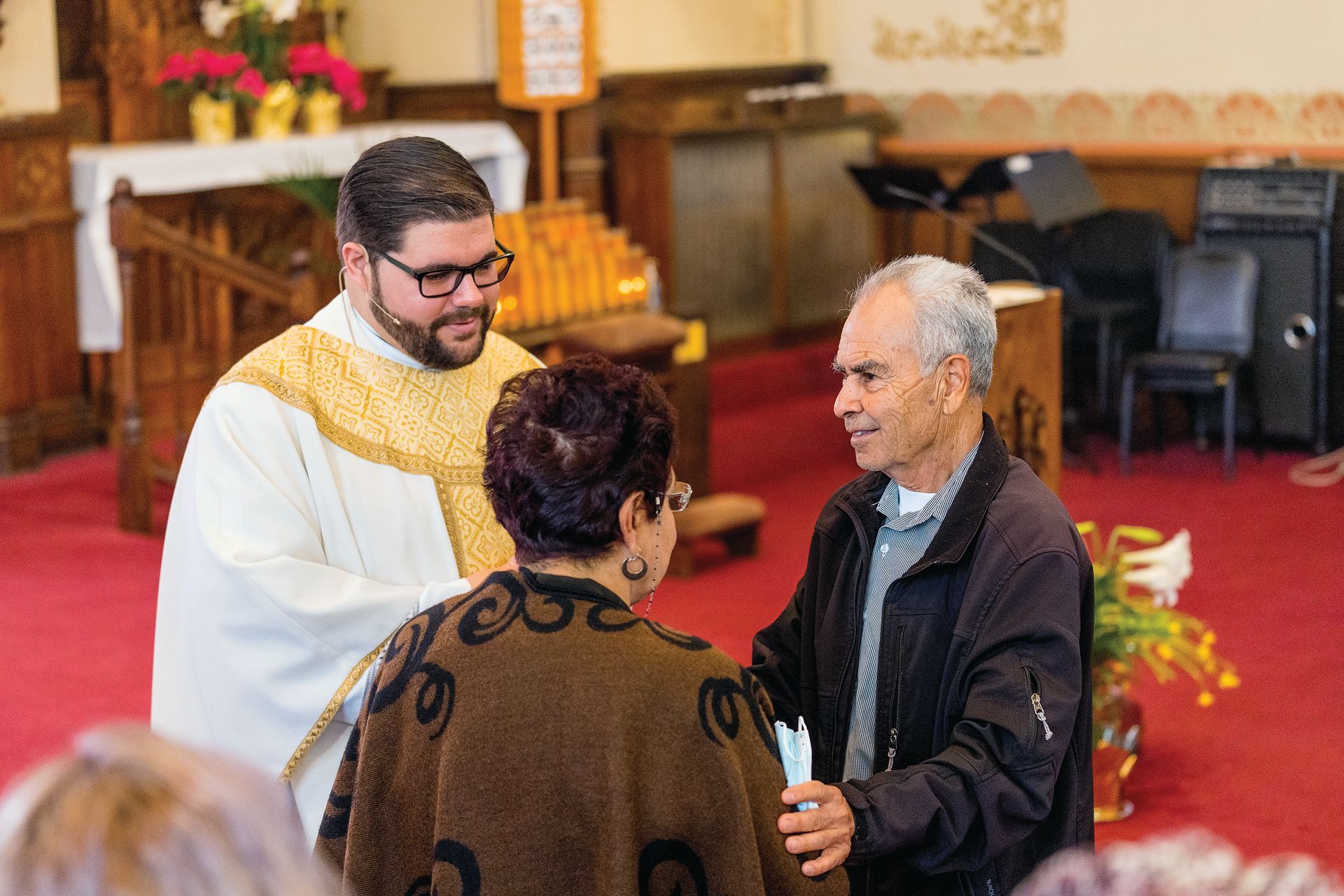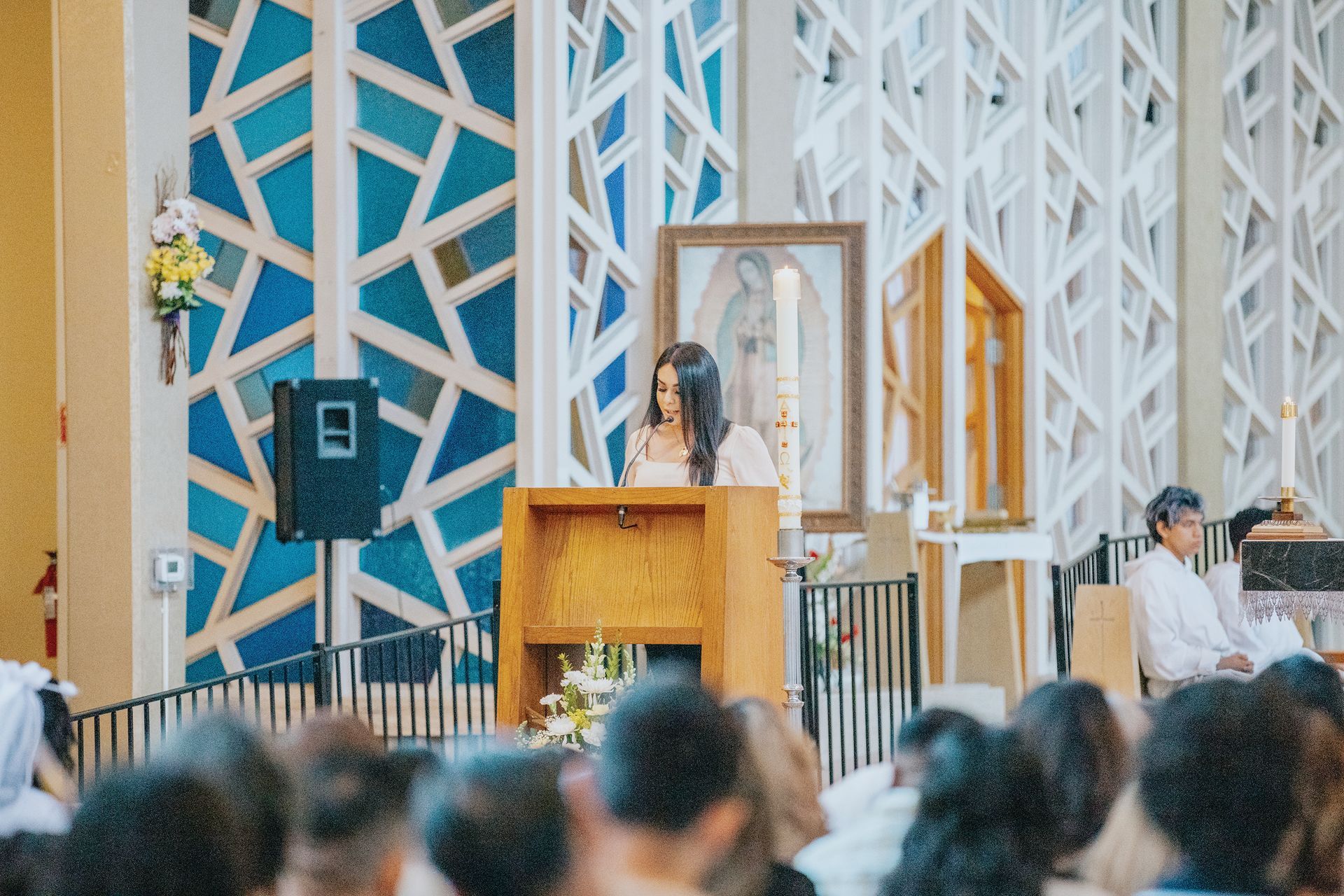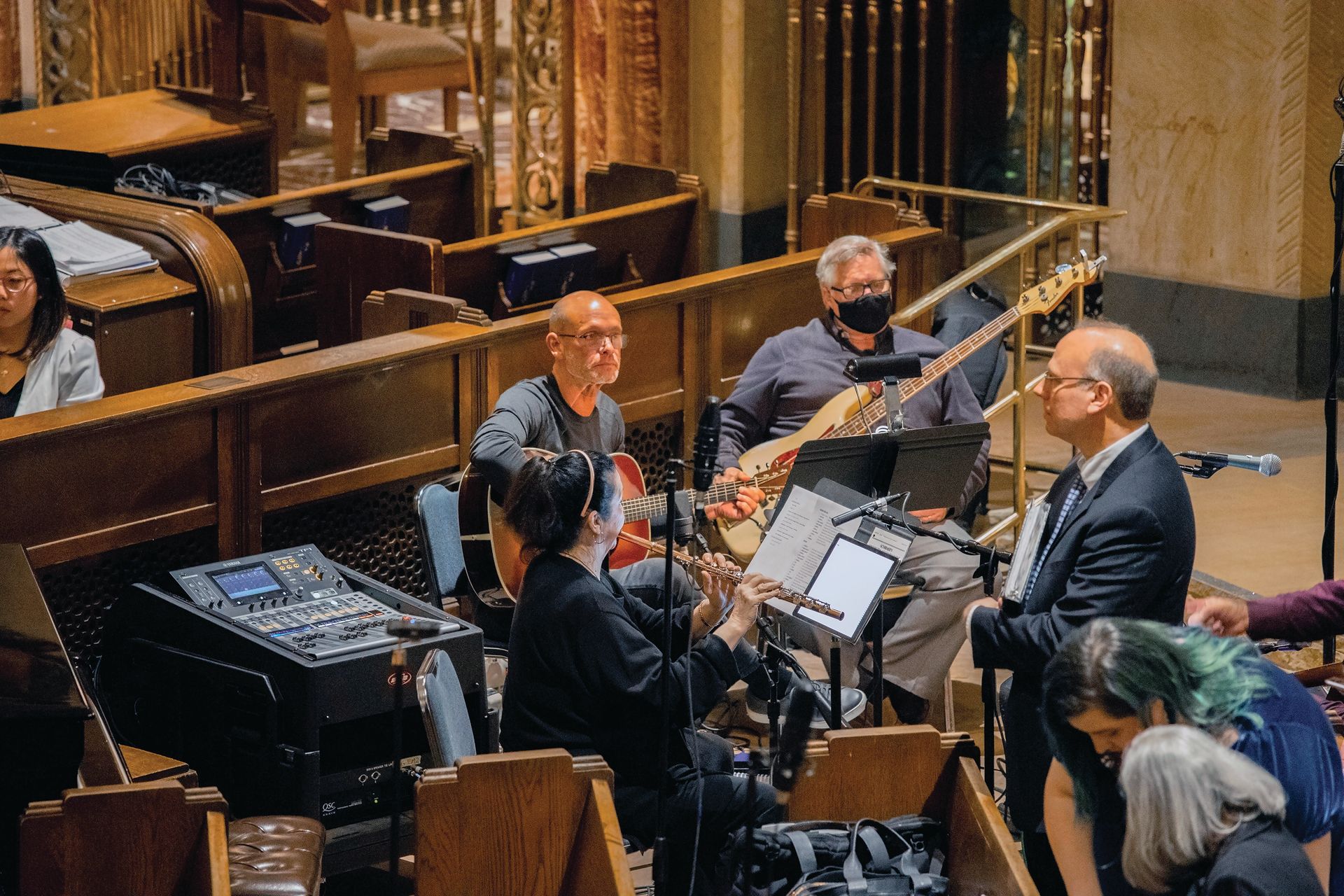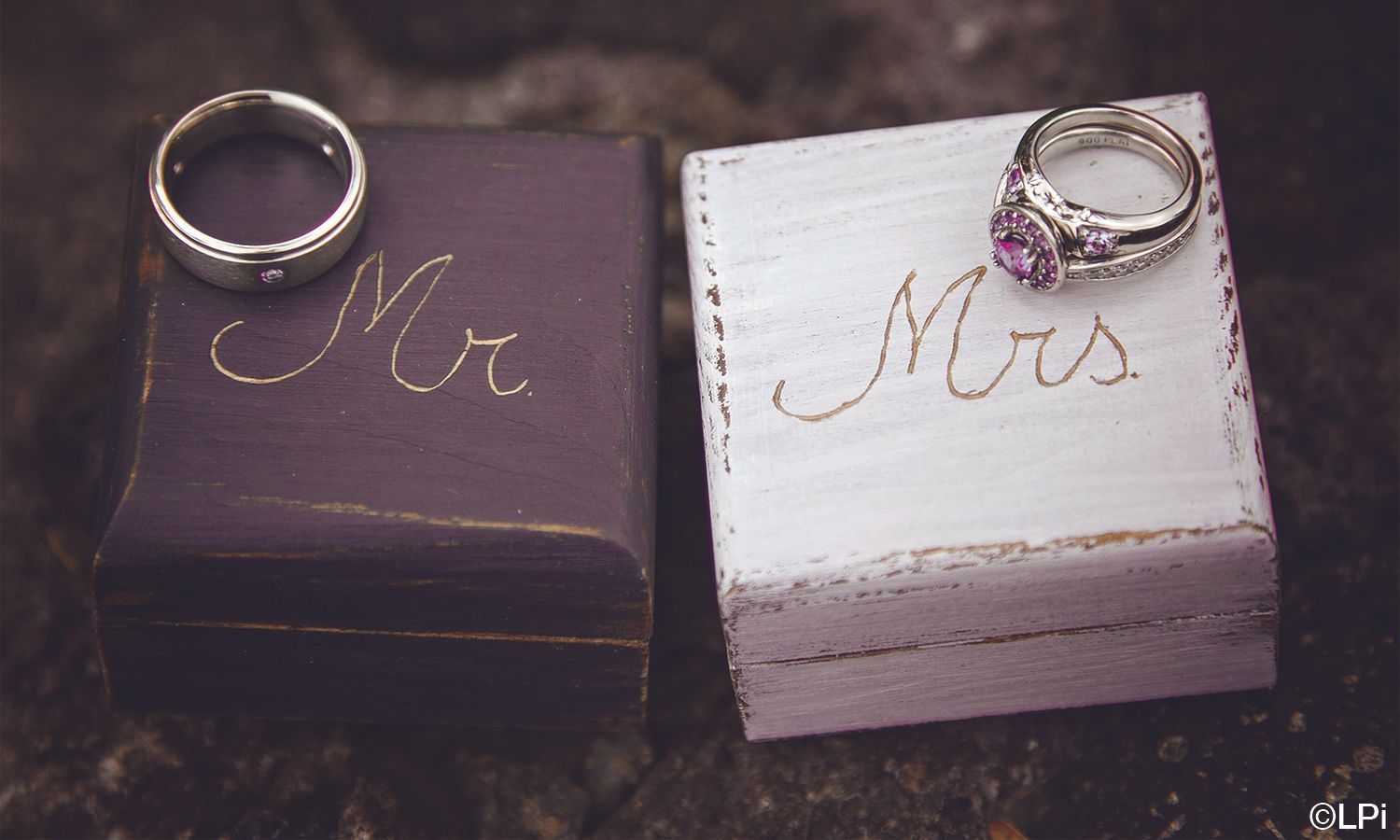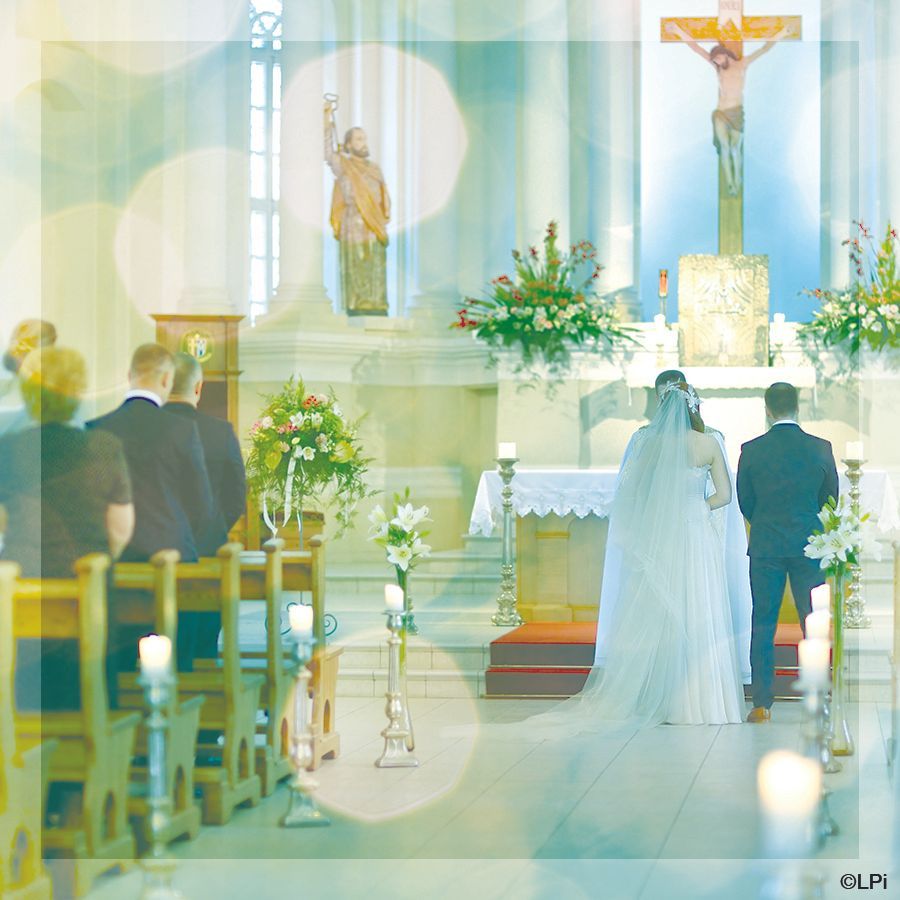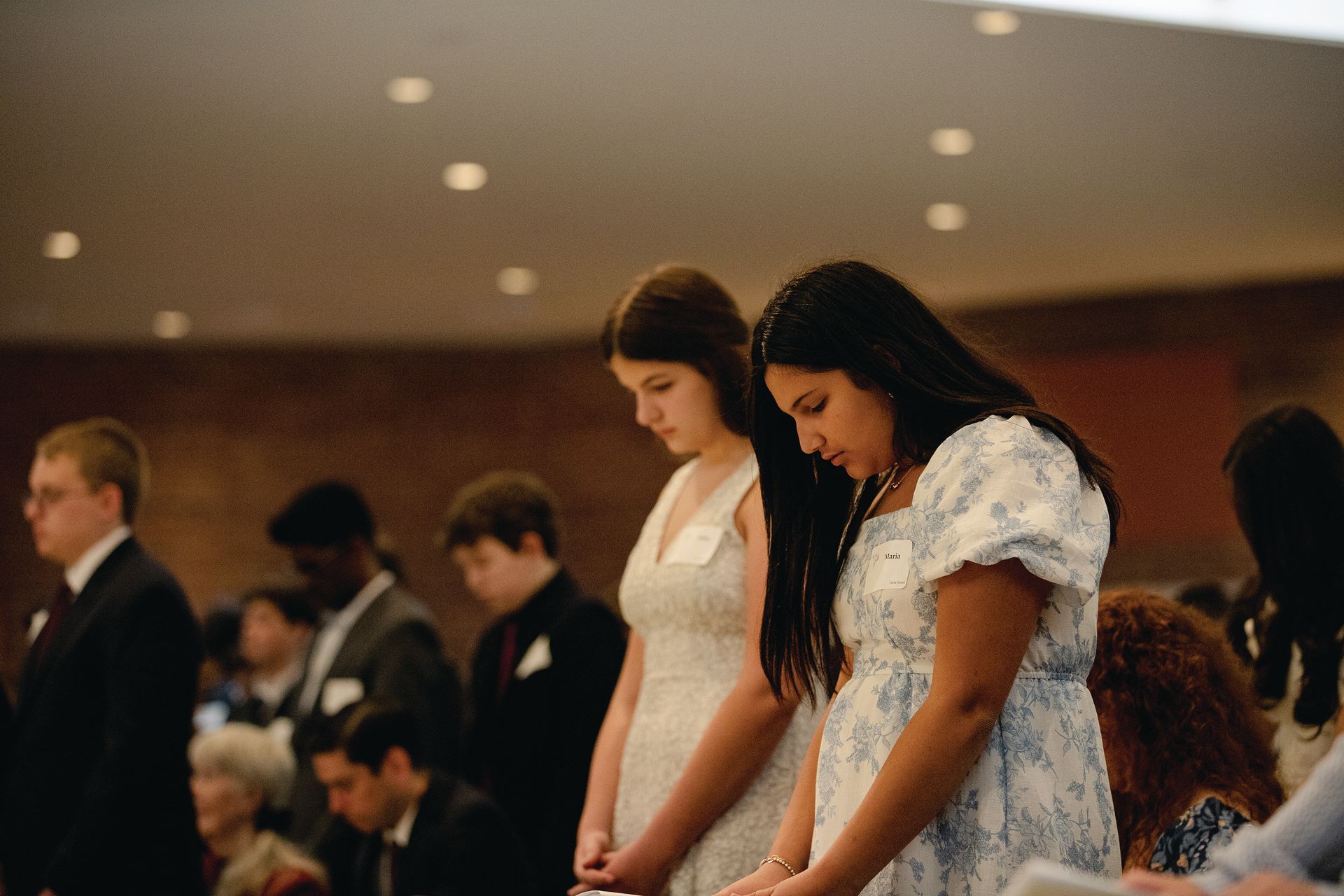What actually is the Liturgy?
What makes up the Mass?
The Liturgy can be understood from a variety of different perspectives. We will look at it through the eyes of religion, that is, the making present of the word, symbol and sacrament of the pascal mystery of Christ so that through its celebration we may deepen our bond with Christ and ultimately achieve our salvation.
The Liturgy is made up of four distinct parts: the Introductory Rites, the Liturgy of the Word, the Liturgy of the Eucharist, and the Commissioning, also referred to as the Concluding Rites. Although the entirety of the liturgy will be addressed in future articles, today we want to focus upon and distinguish the Liturgy of the Word and the Liturgy of the Eucharist; the two most central points of the mass.
In focusing on the Liturgy of the Word, we should realize that the substance of the liturgical word is chapter and verse, Jesus, the Word. In the Prologue of John’s gospel, we read this truth as John proclaims, “In the beginning was the Word, and the Word was with God, and the Word was God” (Jn 1:1). We also learn through John that the Word “became flesh” to live visibly and audibly among us (Jn 1:14). This same Word of God united Himself with the words of humanity, Jesus, so to hear and say and pray the Scriptural Word is to hear, pray and say the Eternal Word. Thus, Christ is present in the proclamation of the Gospel. In the Liturgy of the Word, we have this time and opportunity to be present with Christ, by listening deeply and allowing his Word to touch our hearts so that our lives may be shaped by Him.
In the Liturgy of the Eucharist, we, as one body, bring bread and wine as an offering, our gifts to the sacrifice of the Lamb. The bread and wine, the mixing of the water with wine and the washing of the hands by the priest bring us consciously to the Last Supper as we pray that “our sacrifice will be acceptable to God.” Christ is present, joining his sacrifice to ours in praise to God, the Father.
In the dialogue that occurs between the assembly and the priest, we are invited to give thanks to God, which translates to Eucharist. Through the power of the Holy Spirit, the bread and wine are consecrated into the body and blood of Christ. Thus, He is present in the Eucharist so that we may be fed at the Lord’s table and provided with food to sustain us in our journey.
In both the Liturgy of the Word and the Liturgy of the Eucharist we recognize the presence of Christ feeding us so that we are strengthened and nourished in our faith and ready to presence Him in living our lives.



